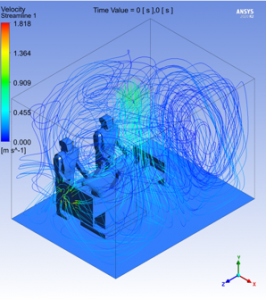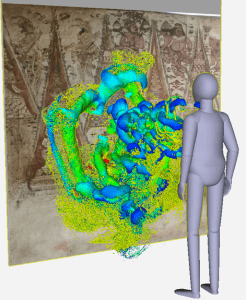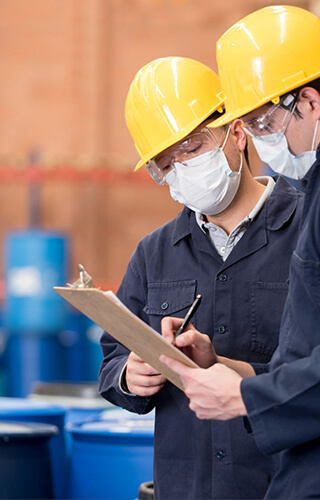
Introduction HVAC
The technology of indoor and vehicular environmental comfort is known as heating, ventilation, and air conditioning (HVAC). Its goal is to provide adequate thermal comfort and indoor air quality. CFD is commonly utilized in the construction sector for HVAC system analysis and design optimization. Without actually installing the HVAC system or producing a prototype, fluid flows and HVAC performance can be simulated and assessed. As a result, critical issues can be discovered and solutions established to improve a building’s HVAC performance. Especially, under the current global pandemic of coronavirus (Covid-19) situation, CFD can provide the effective HVAC ventilation strategies to protect our healthcare workers.
CFD case studies

The approach is featured with a continuity equation being explicitly solved for water vapor, which covers the consideration of the effects of the negative pressure room on evaporation and dispersion of airborne sputum droplets expelled from a human cough. The Eulerian-Lagrangian (DPM) approach with evaporation and wall film models in ANSYS-FLUENT were used to compute more detailed of the physics of contaminant transport such as describe particle dissipation, change of droplet sizes, and wall film thickness.


Metro network in Bangkok metropolitan area has been growing and spreading across the area with the goal to extend the existing mass transit network and to reduce overall energy and environmental emission. Tunnel ventilation and underground station smoke management is one of the most important systems to ensure fire-life safety from unfortunately fire accident.
The ongoing research is focusing on improving the fire-life safety, and at the same time, the systems performance. The scope of the work is now focusing on metro tunnel network and stations. Extension to railway tunnel is undergoing as the network of railways are also expanding across the country.

